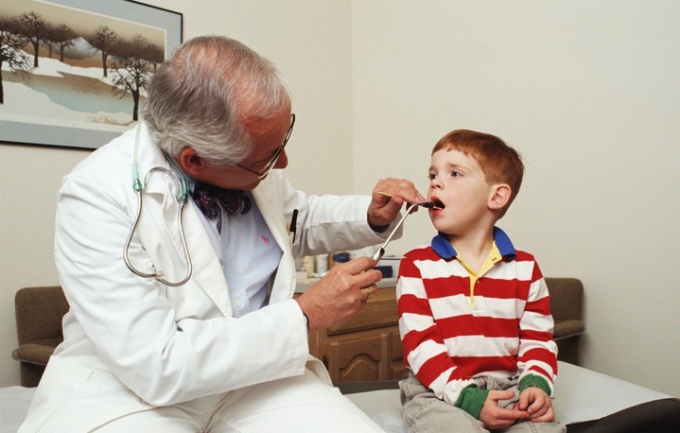Instruction
1
Pay attention to the symptoms of illness. The form of staph infection can be distinguished into early and late. The first usually manifests itself acutely with a sharp rise of temperature, vomiting, diarrhea, etc to make the diagnosis on their own not – to seek medical attention immediately. After 3-5 days manifested the latter form of infection: affected skin and appear purulent sores. And if time does not begin to treat staph infection can penetrate deeper affect internal organs and cause sepsis.
2
Enterocolitis caused by Staphylococcus aureus, may be suspected by frequent, mushy, mucous in the stool, regurgitation, bloating. In this patient, fever and may start vomiting. In infectious conjunctivitis red, swollen and watery eyes. Releases the pus, which forms greenish-yellow crusts. After sleep, the patient often lashes stick together so that it is impossible to open eyes. In "pemphigus" newborn baby appear on the skin blisters with turbid contents, it is red and swollen. When multiple abscesses on the skin spilling crimson red pustules and yellow-green pus, fever.
3
Do the tests at the slightest suspicion of Staphylococcus infection. In the gastro-intestinal symptoms - feces for pathogenic and conditionally pathogenic microflora. It is collected in a disposable container and as quickly as possible transported to the laboratory. When symptoms of diseases of the respiratory system - seeding from the nose and throat. Before this analysis absolutely can not eat and even brushing your teeth. Conjunctivitis collect purulent discharge from the surface of the lower eyelid. For the detection of staphylococcal infection on the skin in a patient taking a scraping, or wound drainage.
Useful advice
Despite its resistance to external factors, the staph was "afraid" of the immune defense of the healthy person. Thus, to prevent the development of infection, you should strengthen the body and observe good personal hygiene.








